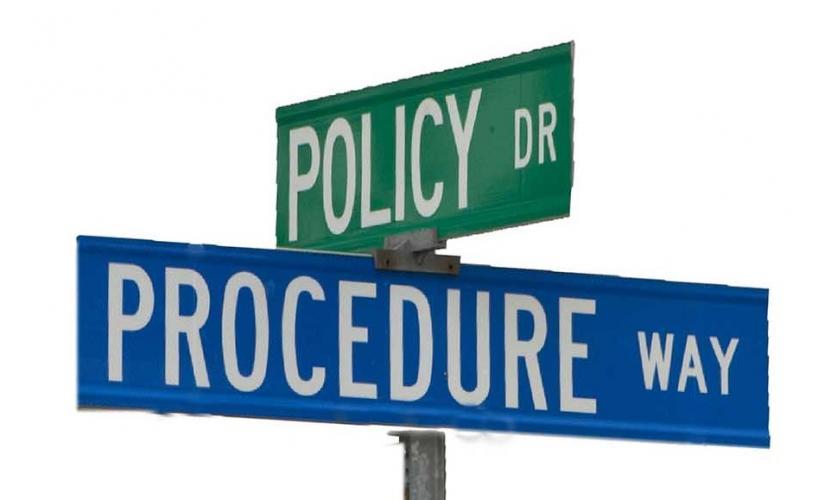Running a government is a complex and expensive endeavor, and Canada is no exception. In recent years, the cost of running the federal government has been increasing, and this trend is likely to continue. In this article, we will explore the factors driving the rising cost of running the federal government and the implications for Canadians.
Factors Driving the Rising Cost of Running the Federal Government:
- Population Growth and Aging
As Canada’s population grows and ages, the demand for government services also increases. This puts pressure on the federal government to invest in healthcare, social security, and other programs that support Canadians. In addition, an aging population requires more investment in pensions and retirement benefits, which can further drive up the cost of running the federal government.
- Technological Advancements
Technological advancements have revolutionized the way governments operate, but they have also increased the cost of running the federal government. The government must invest in technology infrastructure, cybersecurity, and other digital tools to maintain its operations and protect sensitive information. The cost of implementing these technologies can be significant, and ongoing maintenance and upgrades can add to the overall cost.
- Climate Change and Environmental Protection
Climate change and environmental protection are critical issues that require government intervention. As Canada transitions to a more sustainable economy, the federal government must invest in green technology, infrastructure, and programs that support environmental protection. These investments can be costly, but they are essential for the long-term health and sustainability of Canada’s economy and environment.
- Economic Uncertainty
The global economy is constantly evolving, and economic uncertainty can have a significant impact on government spending. When the economy is strong, the government can invest more in programs and services. However, during times of economic downturn, the government must tighten its belt and reduce spending. Economic uncertainty can make it difficult for the federal government to plan and budget effectively, which can contribute to rising costs.
Implications for Canadians:
The rising cost of running the federal government has several implications for Canadians. Firstly, it can lead to higher taxes and fees to support government spending. Secondly, it can result in cuts to programs and services that Canadians rely on, such as healthcare and education. Finally, it can limit the government’s ability to respond to emerging issues and crises effectively.
In conclusion, the cost of running the federal government is a complex issue for many drivers. As Canada’s population grows and ages, technological advancements continue, and the need for environmental protection grows, the cost of running the federal government is likely to increase. Canadians must be aware of the implications of rising costs and advocate for responsible and efficient government spending.










